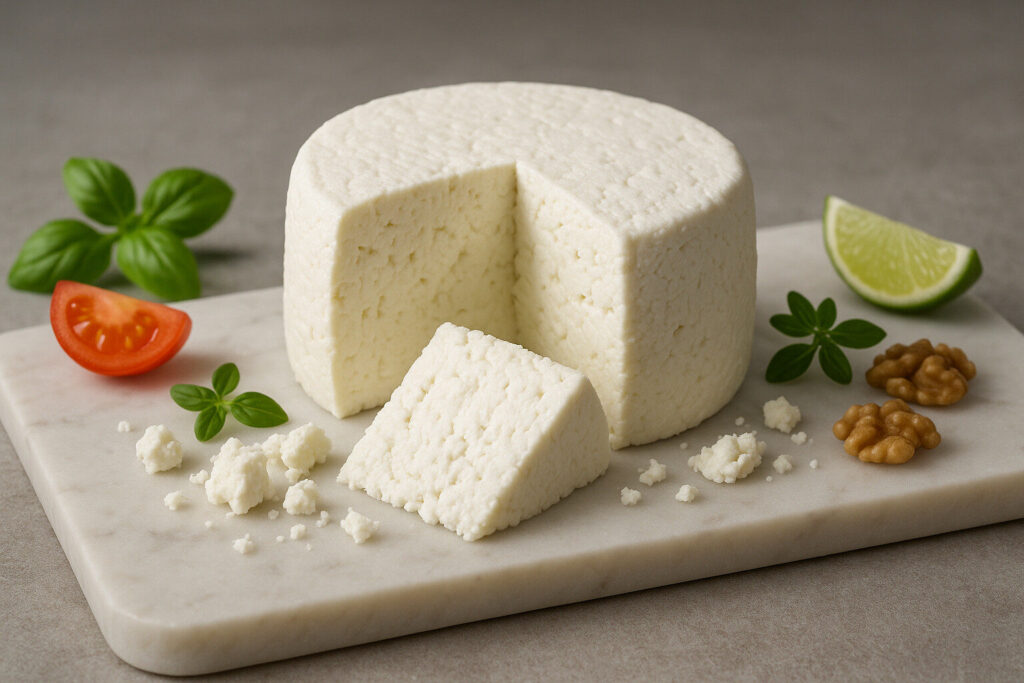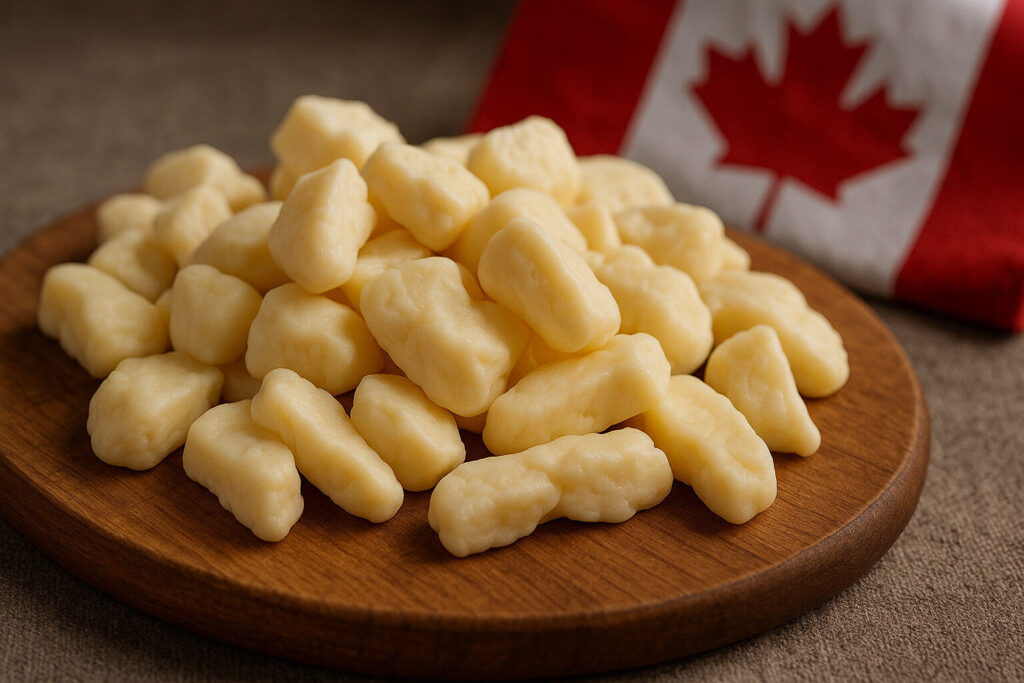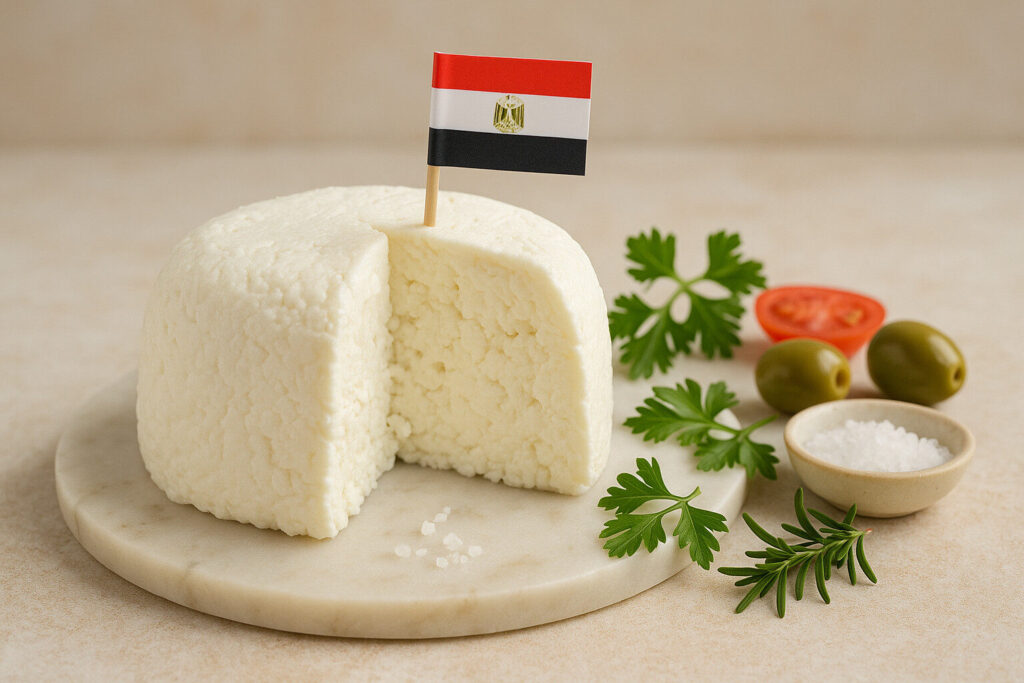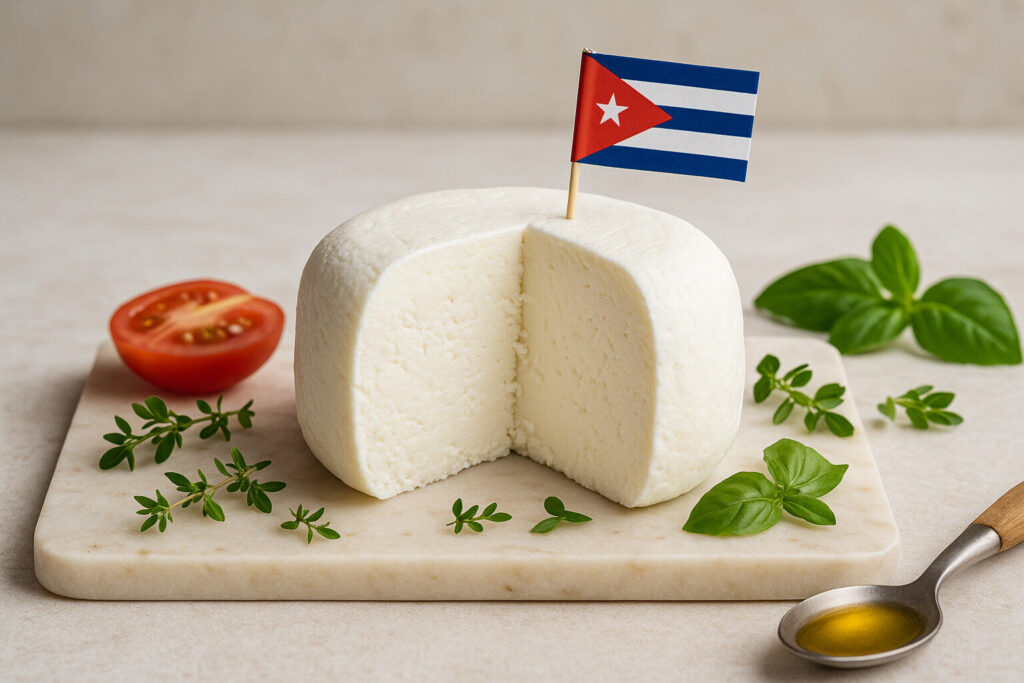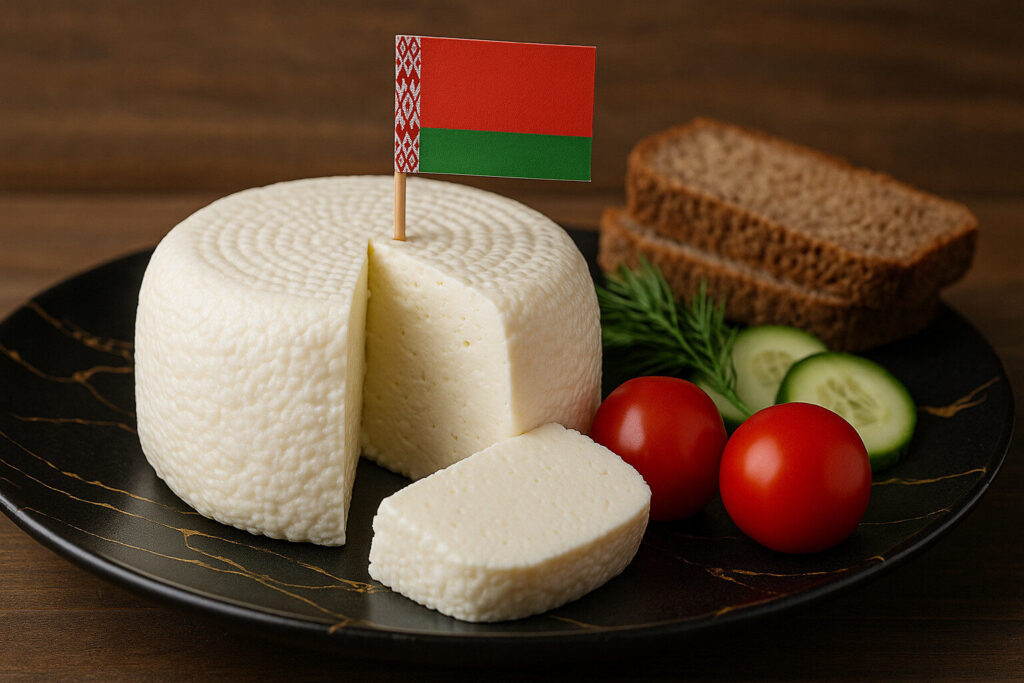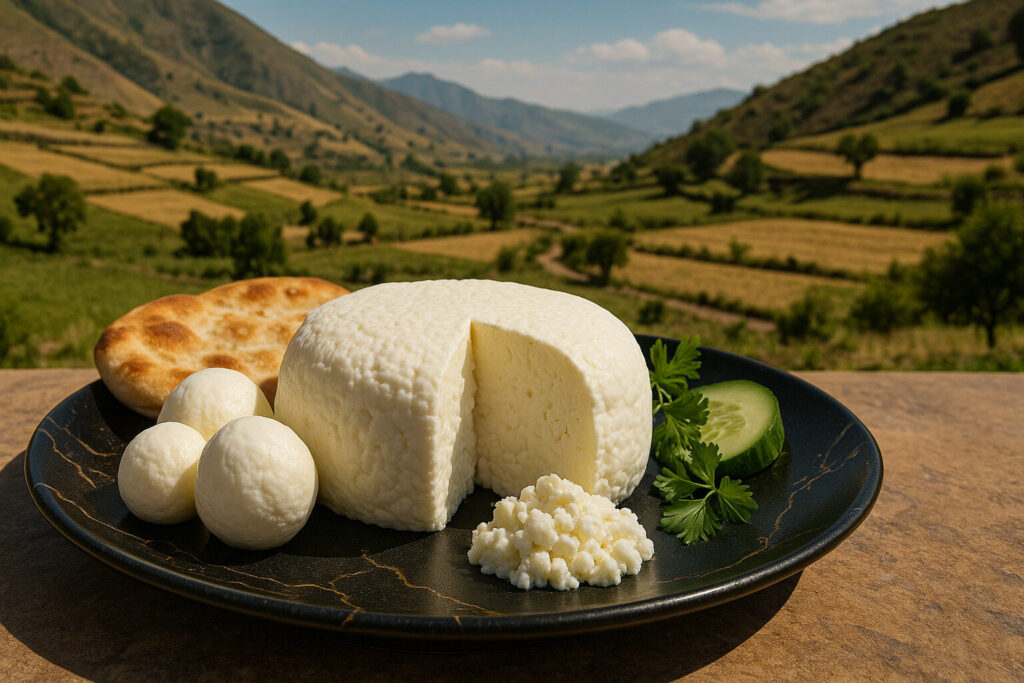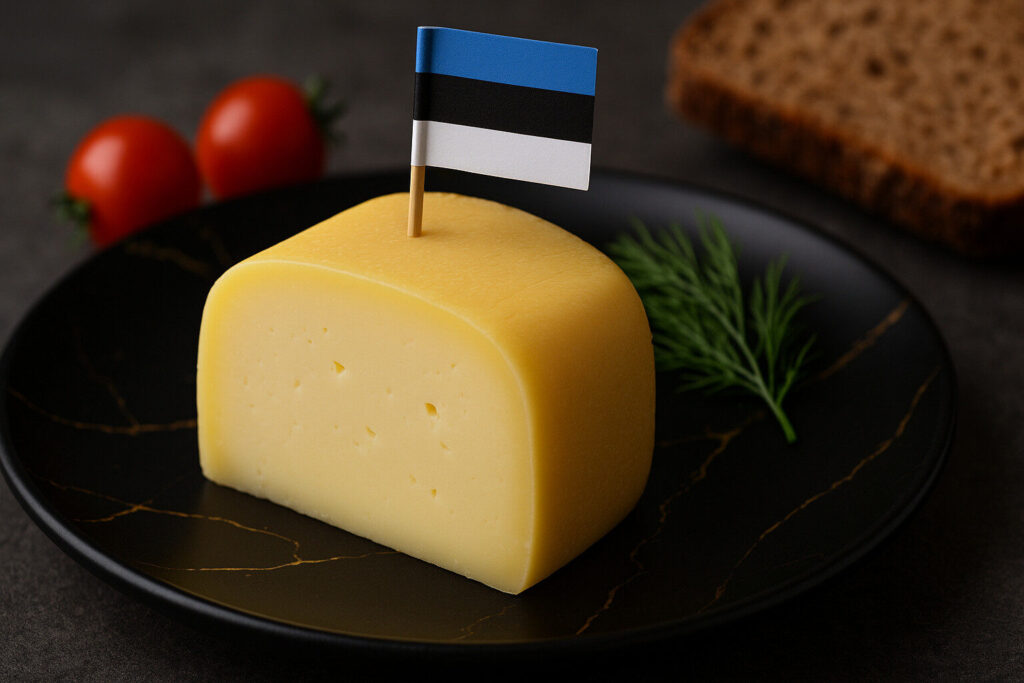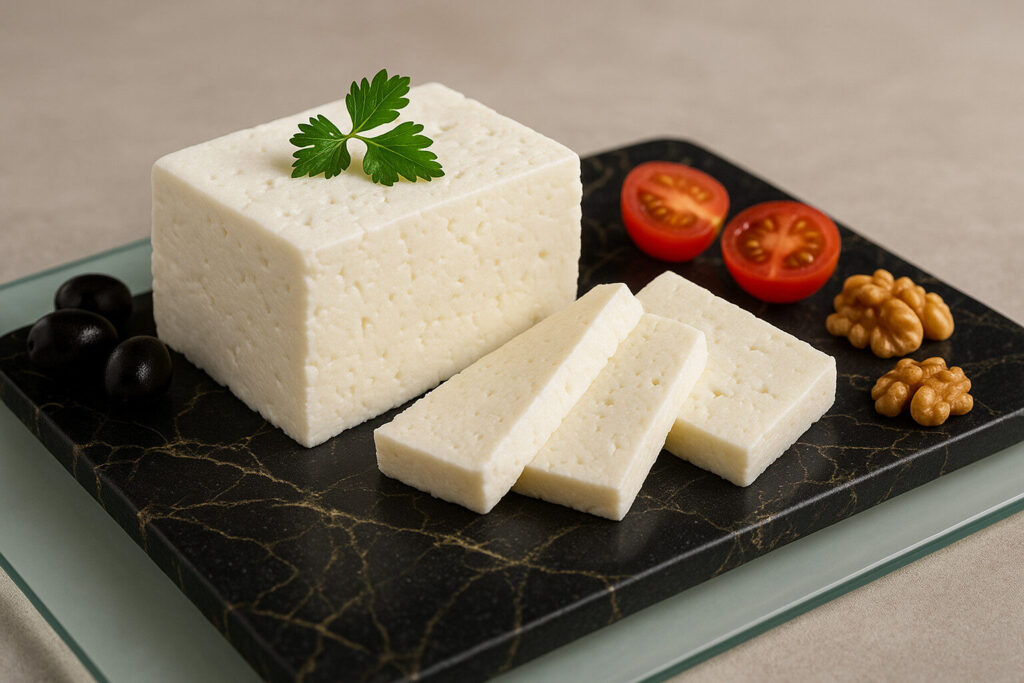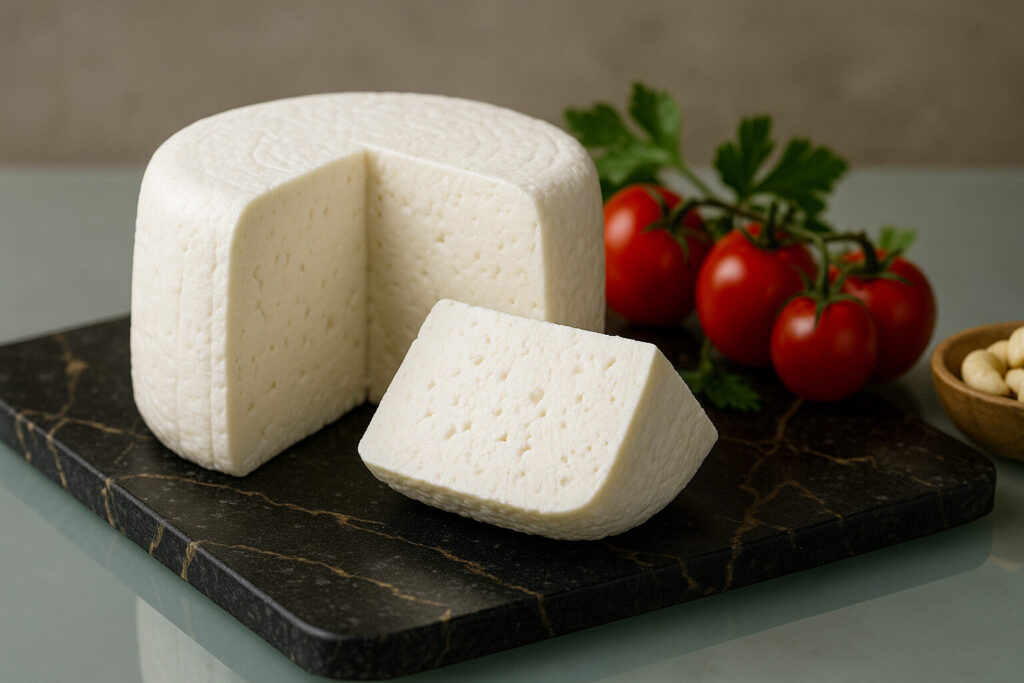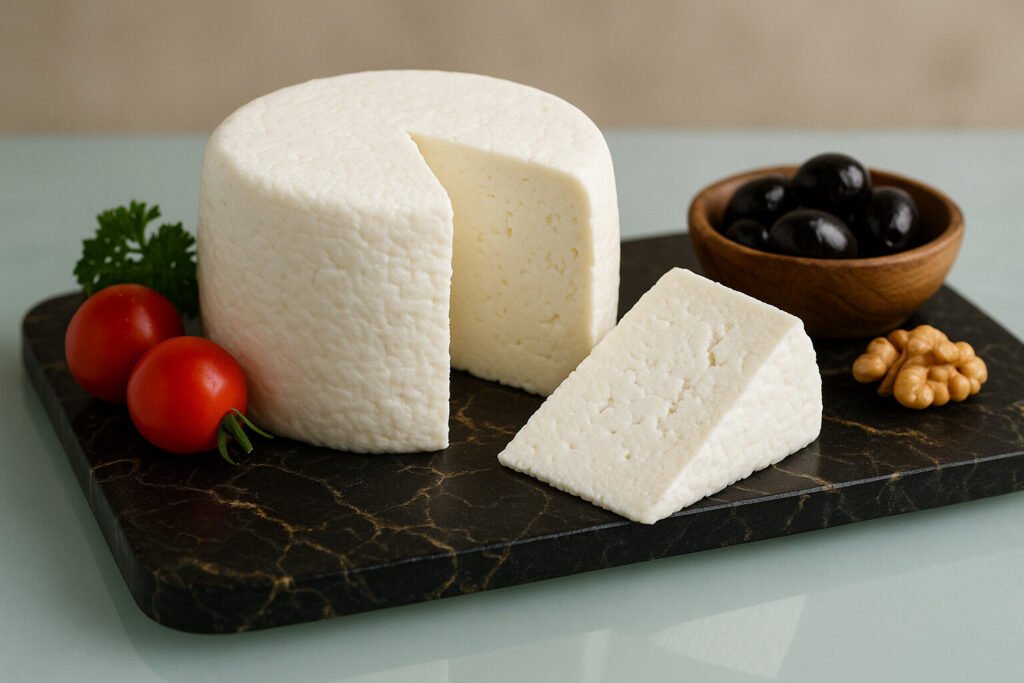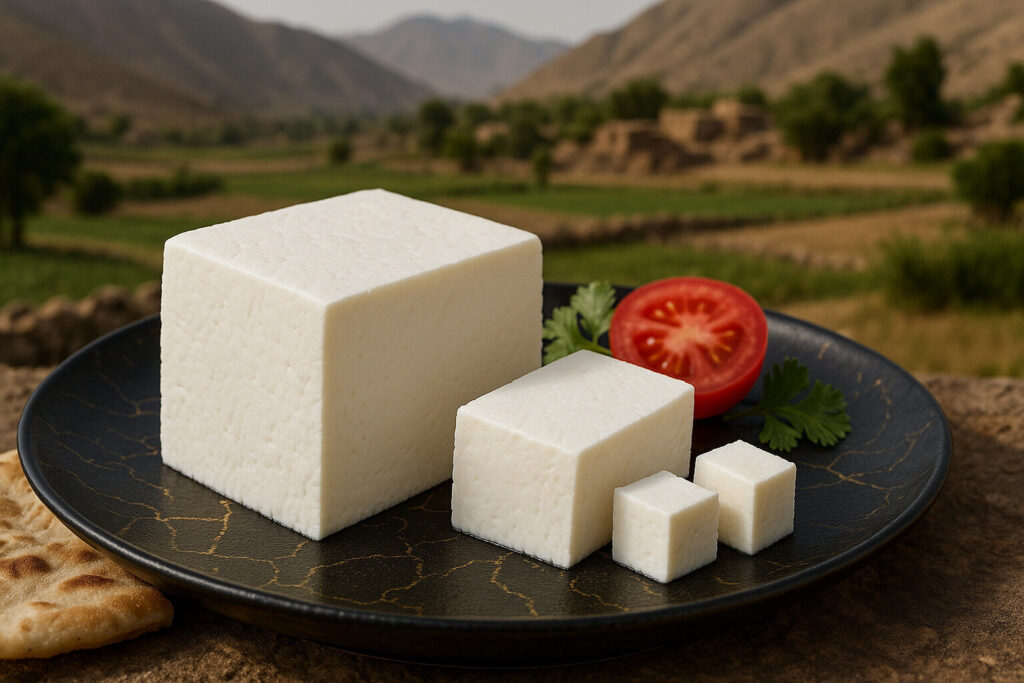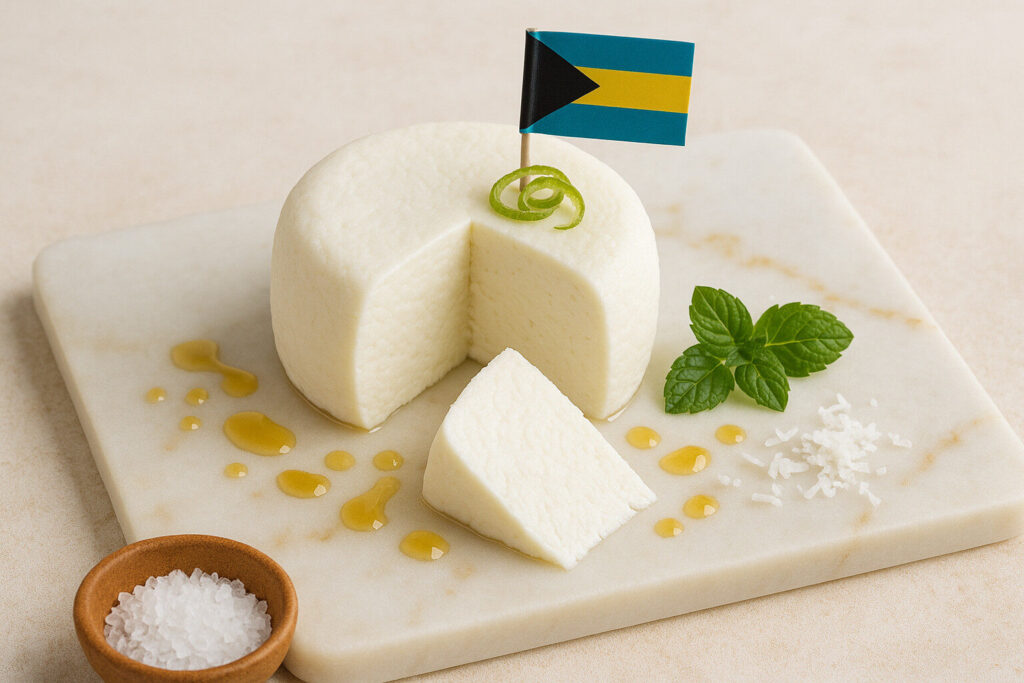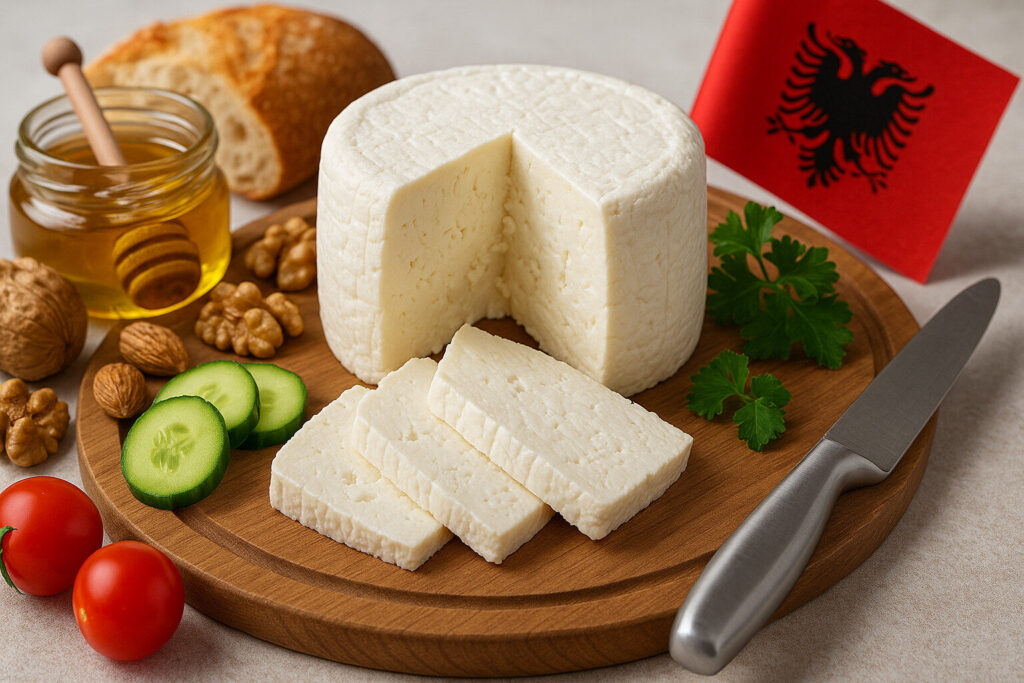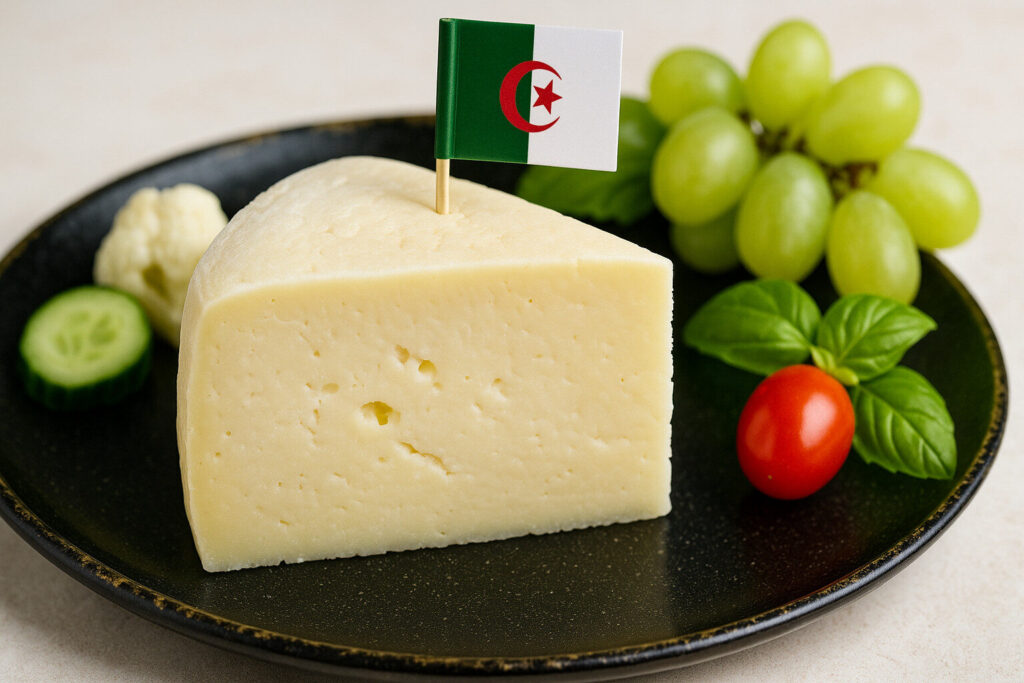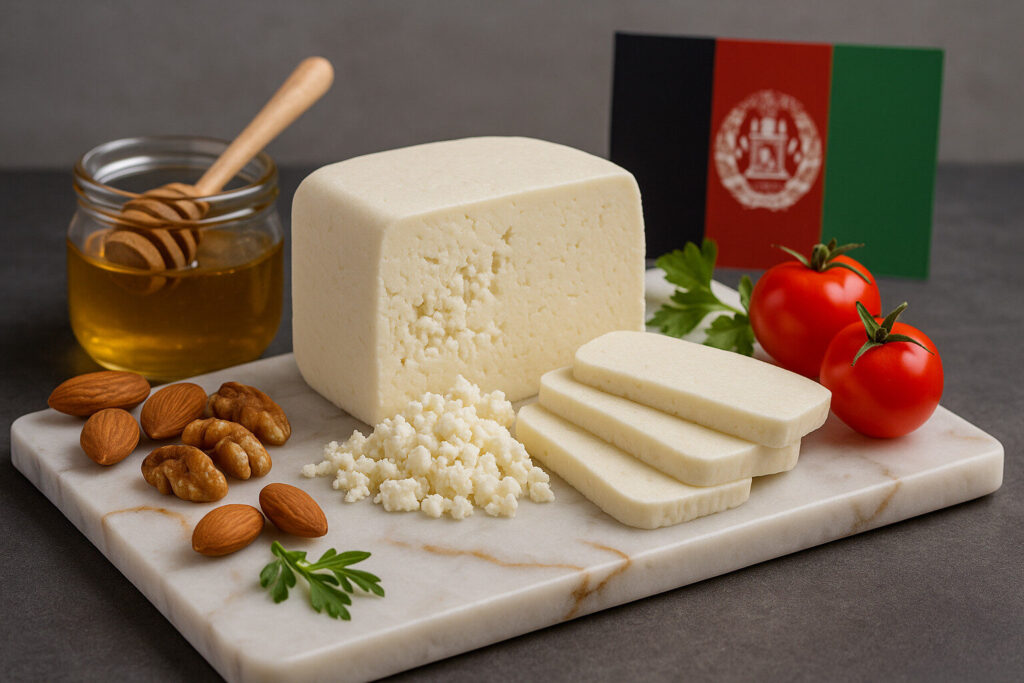Unaged Cheese
Definition and Scope
Unaged cheese refers to fresh cheeses that are consumed shortly after production without undergoing a maturation period. These cheeses are typically characterized by high moisture content and mild flavors due to the absence of enzymatic breakdown during aging. The category includes varieties like ricotta, mozzarella, and cottage cheese, which are prized for their immediate freshness and perishable nature.
Unaged cheeses are distinguished from aged counterparts by their short shelf life and minimal rind development. They often require refrigeration and are best consumed within days or weeks of manufacture. This immediacy makes them a staple in cuisines worldwide where fresh dairy flavors are desired without the complexity of aging.
Production Process
Unaged cheese production begins with milk coagulation using acids or mild rennet, followed by gentle curd handling to retain moisture. The curds are typically drained, shaped, and packaged without pressing or brining for extended periods. This rapid process preserves the delicate texture and lactic qualities inherent in the fresh milk.
Many unaged cheeses undergo minimal processing steps such as light salting or creaming before distribution. The absence of aging caves or controlled maturation environments simplifies production but necessitates strict hygiene to prevent spoilage. These cheeses often reach consumers within 48 hours of milking, emphasizing their farm-fresh appeal.
Sensory Profile
Unaged cheeses exhibit bright, milky aromas with subtle tangy notes from lactic acid development. Their flavors are generally mild and clean, reflecting the quality of the milk source without the influence of microbial activity during aging. Textures range from moist and spreadable to soft and springy depending on the variety.
The palate experience is characterized by fresh dairy sweetness and a moist, sometimes granular mouthfeel. Unlike aged cheeses, unaged versions lack crystalline textures or sharp flavor compounds. This sensory simplicity makes them versatile bases for both sweet and savory applications where their neutrality complements other ingredients.
Culinary Uses
Unaged cheeses serve essential roles in cooking and fresh preparations due to their melting properties and mild flavors. They are commonly used in salads, sandwiches, and pasta dishes where their creamy texture enhances without overpowering other components. Examples include mozzarella in caprese salad or ricotta in lasagna fillings.
Their high moisture content makes them ideal for blending into dips, spreads, and dessert applications. Many bakers incorporate unaged cheeses like quark or farmer’s cheese into cheesecakes and pastries for moisture and subtle acidity. These cheeses also function well as garnishes or light snacks when paired with fruits and crusty breads.
Regional Examples
Italy produces notable unaged cheeses such as fresh mozzarella di bufala from Campania and ricotta made from whey leftovers. These cheeses are central to Italian cuisine and are often consumed the same day they are produced. Their regional specificity is protected under various designation systems that govern traditional methods.
France contributes unaged varieties like fromage blanc and faisselle, typically eaten with fruit or sugar. Middle Eastern countries feature labneh, a strained yogurt cheese often served with olive oil and herbs. These regional specialties demonstrate how local dairy traditions adapt unaged cheese techniques to cultural preferences and available ingredients.



